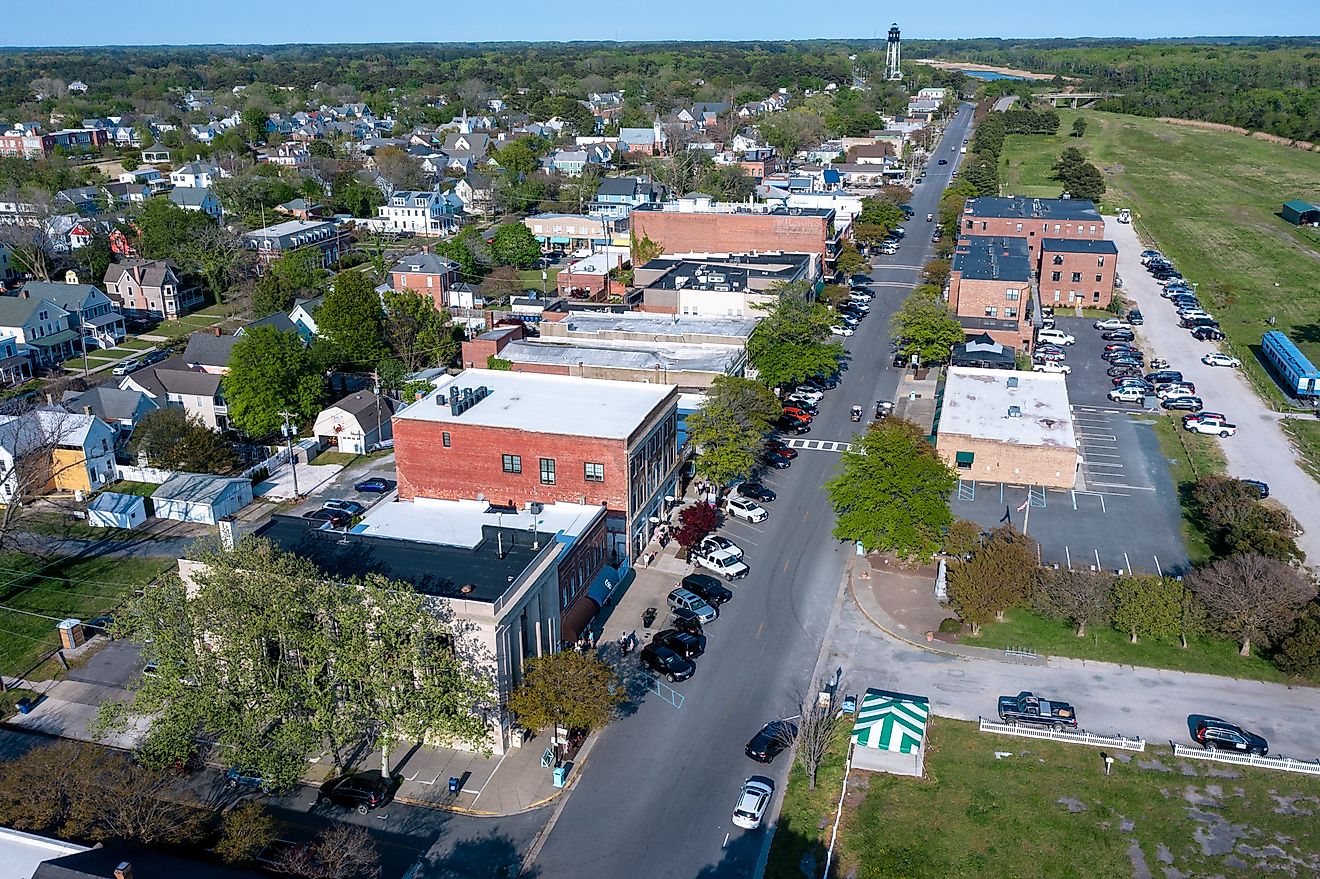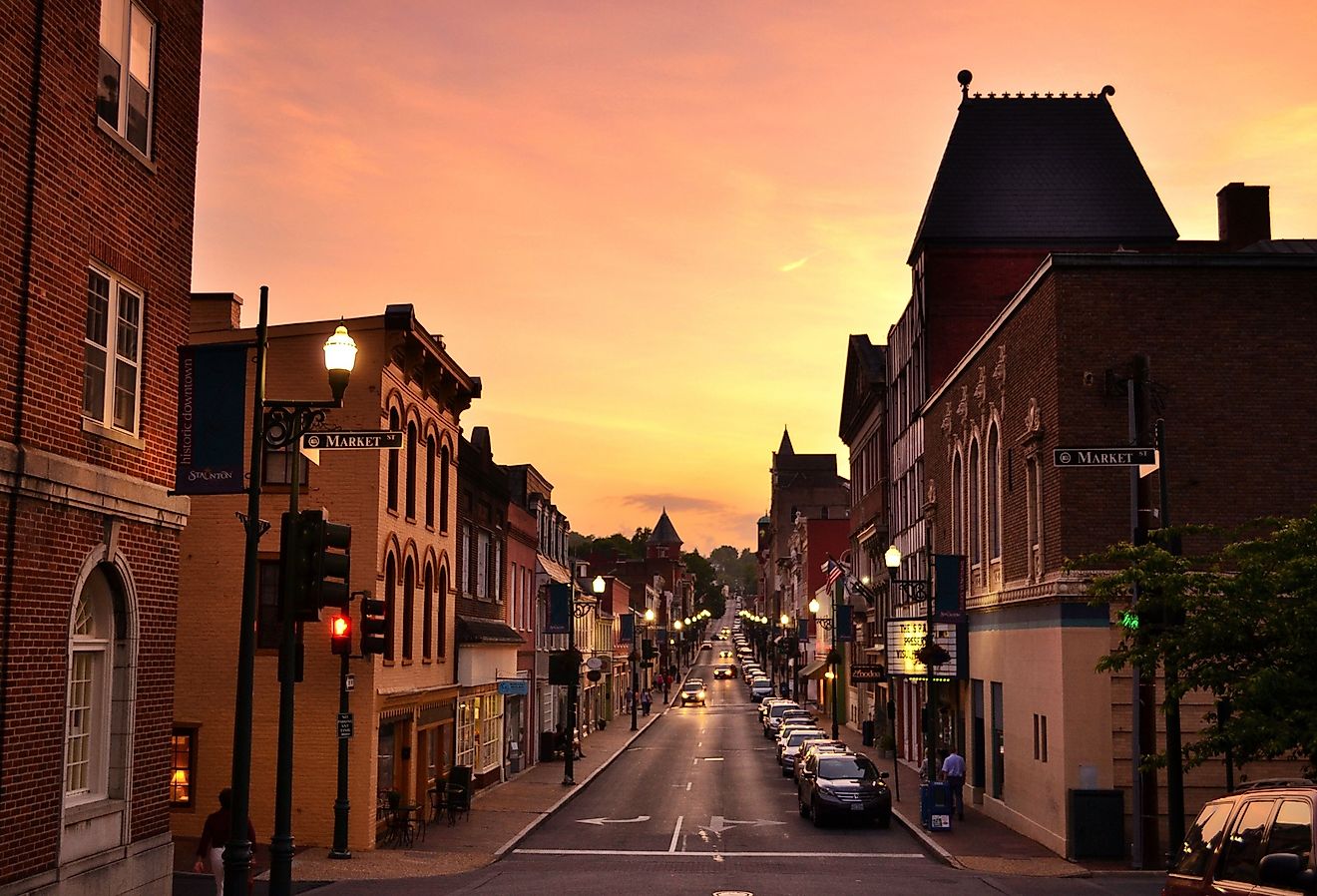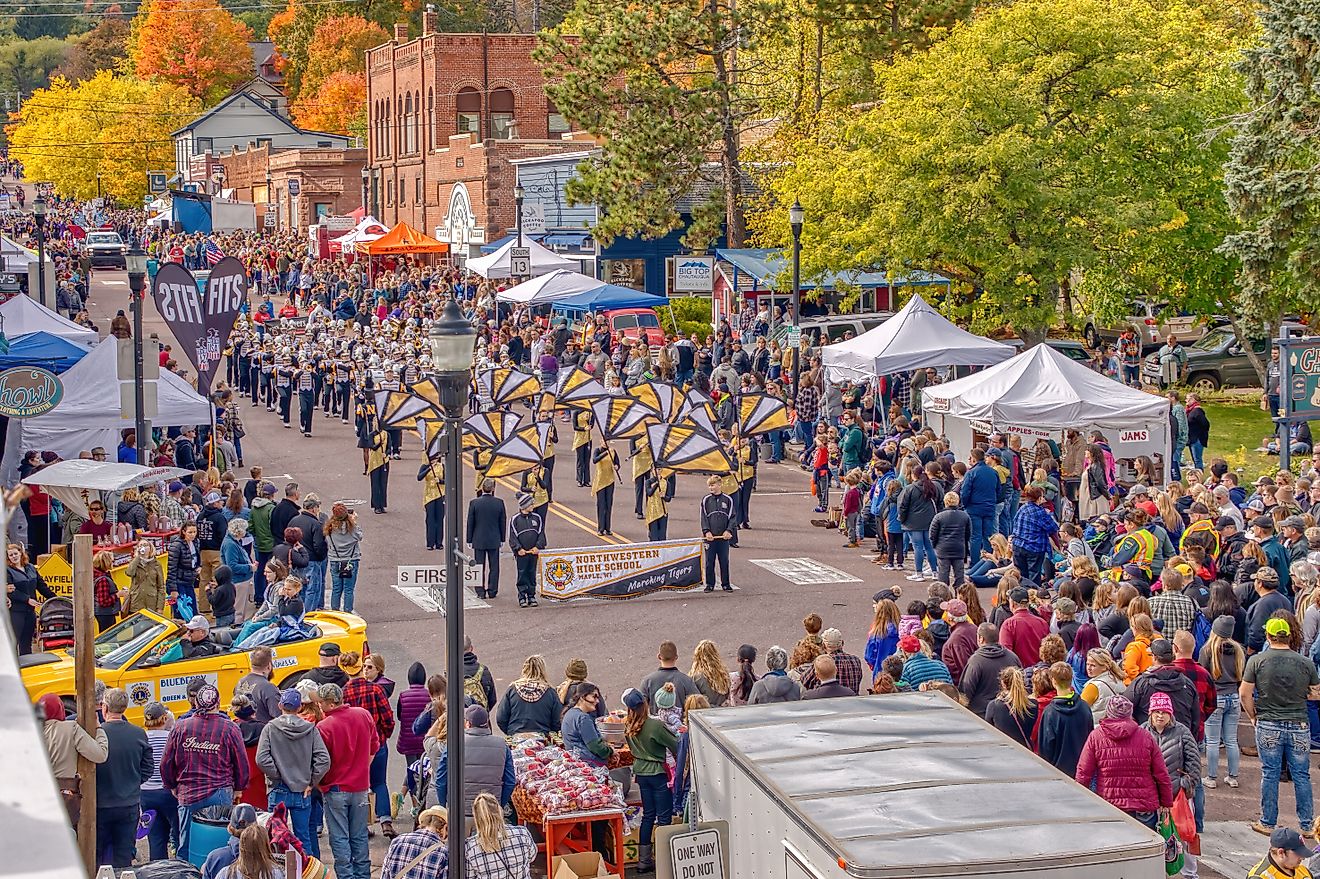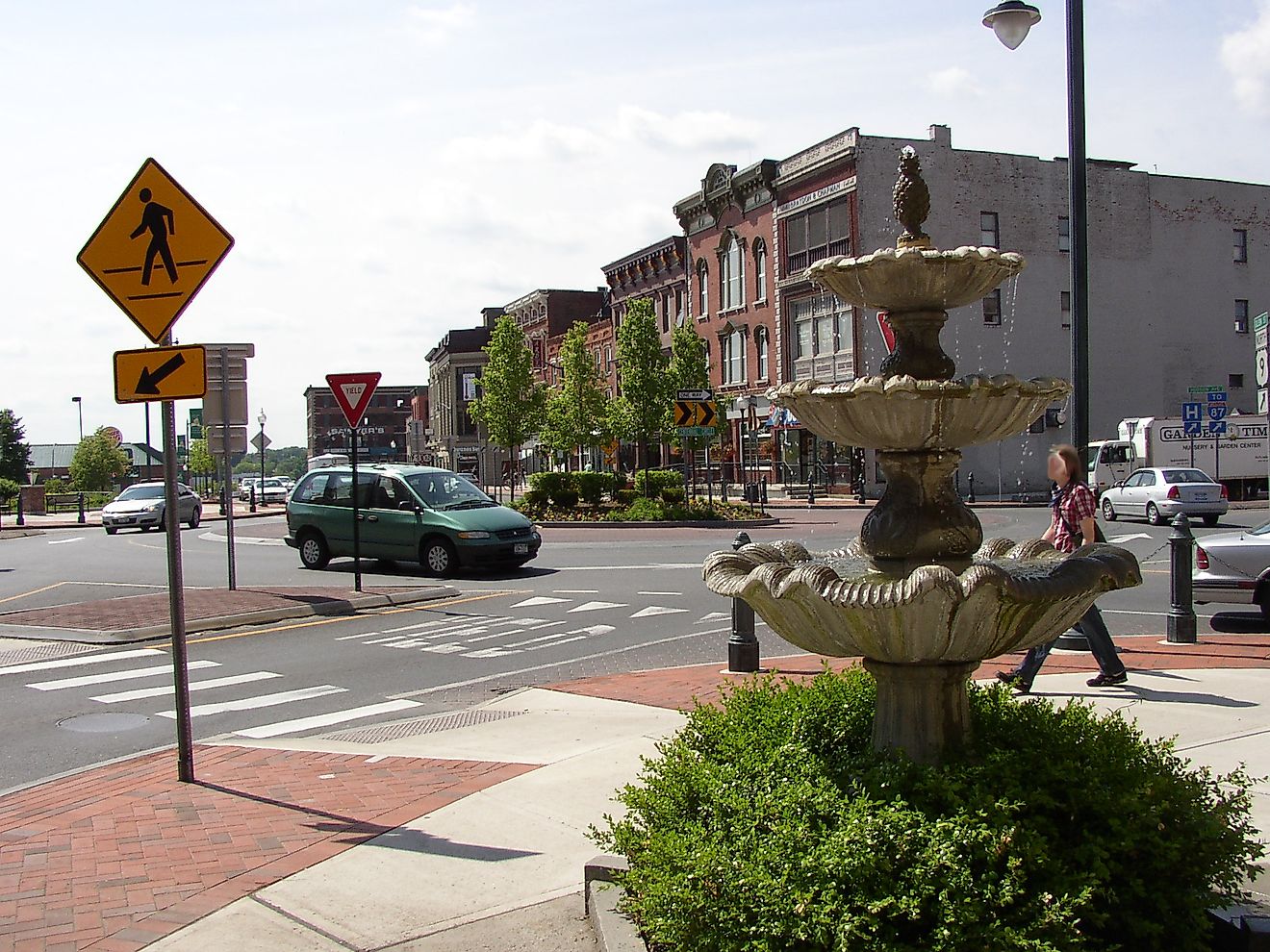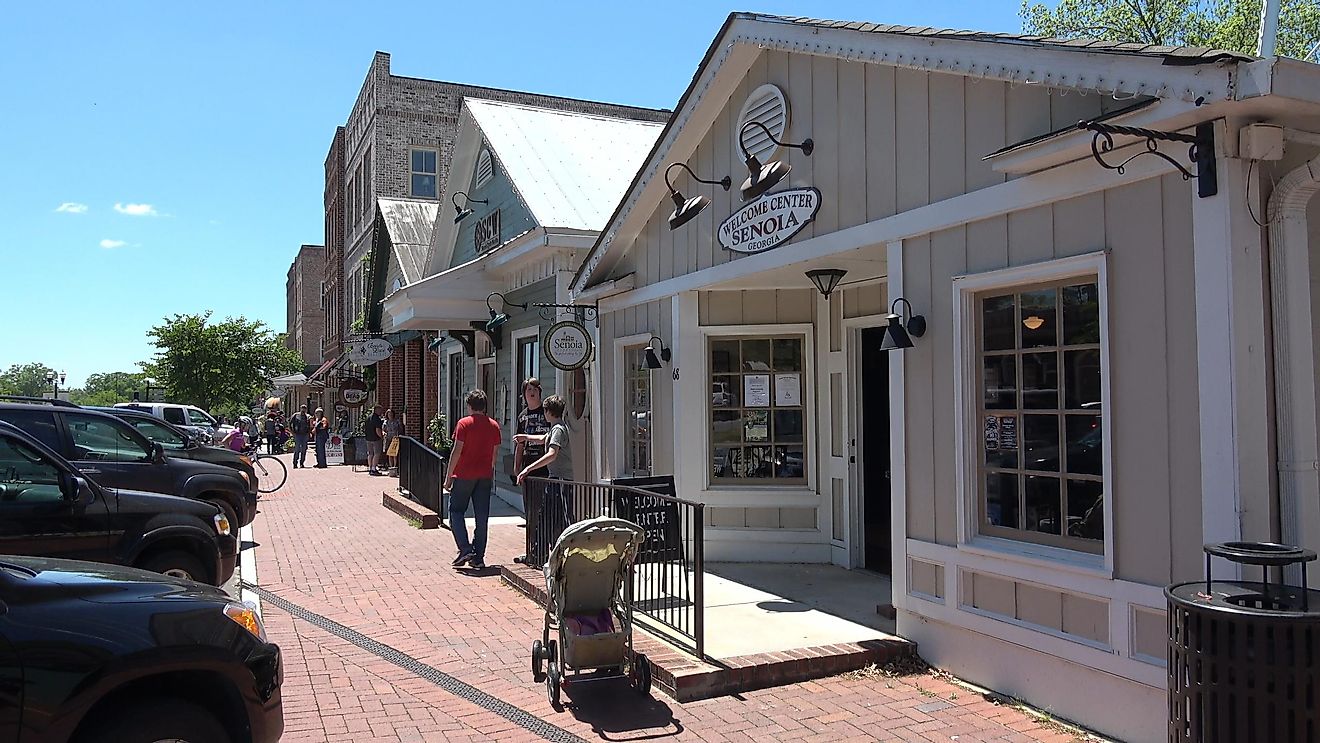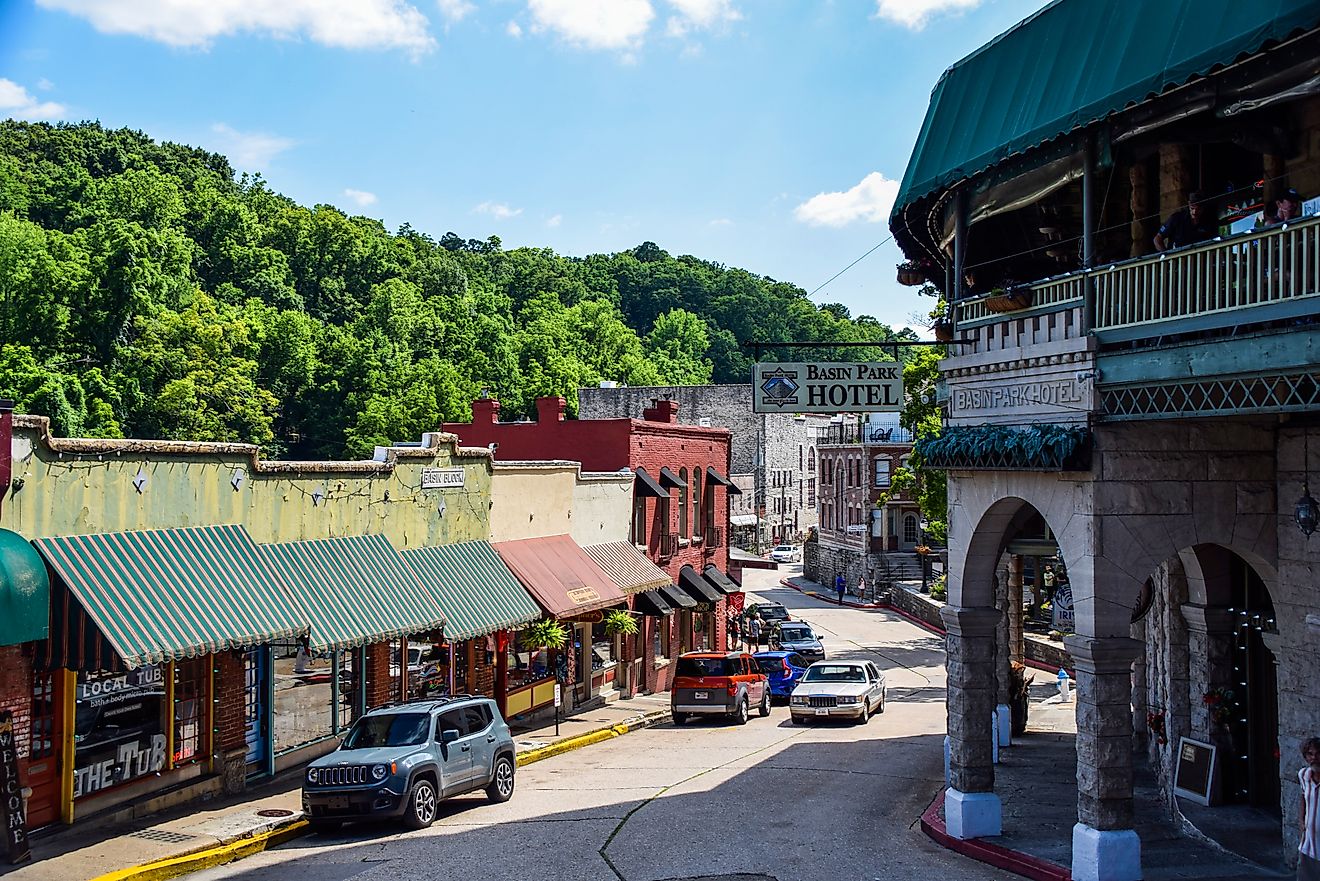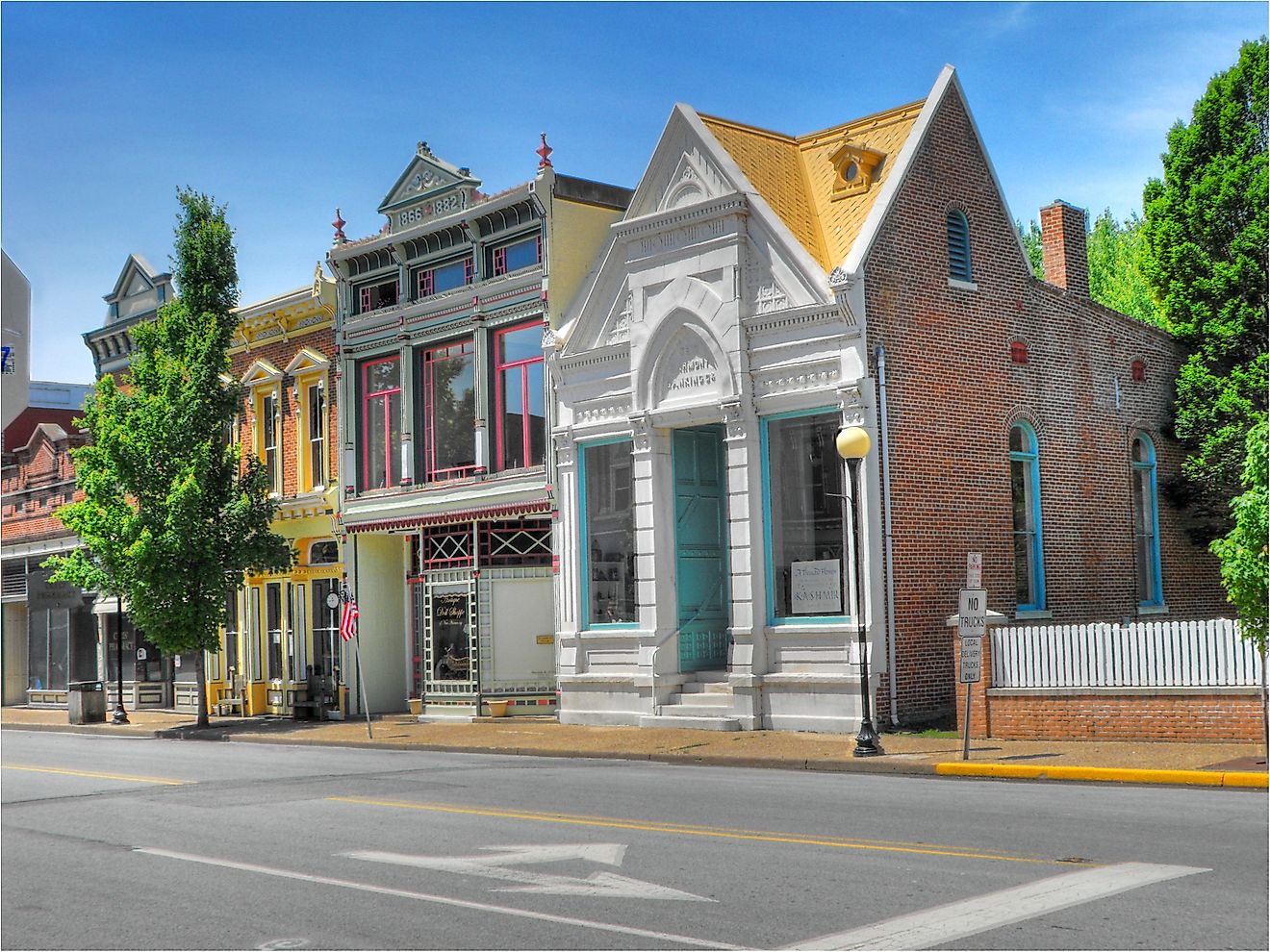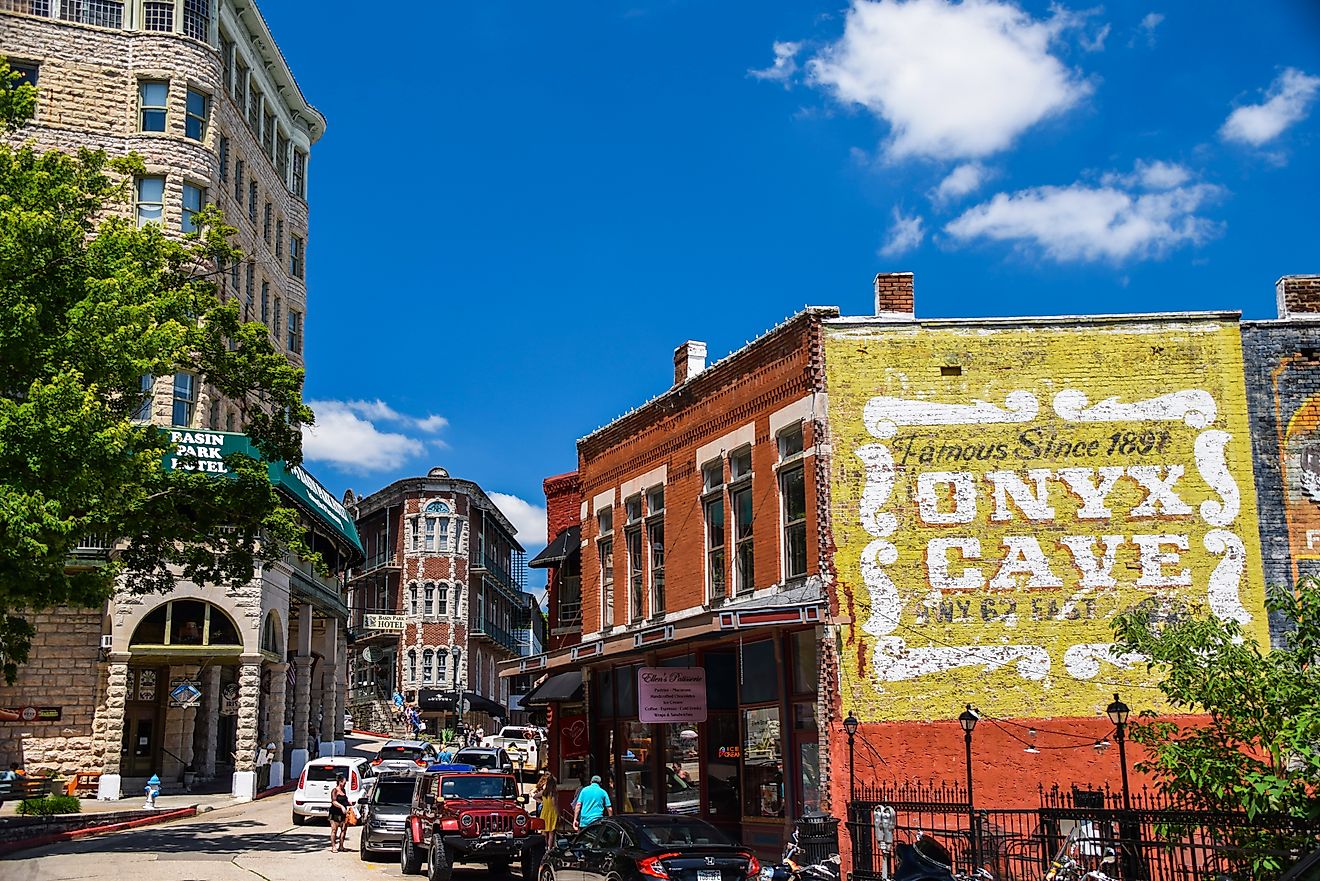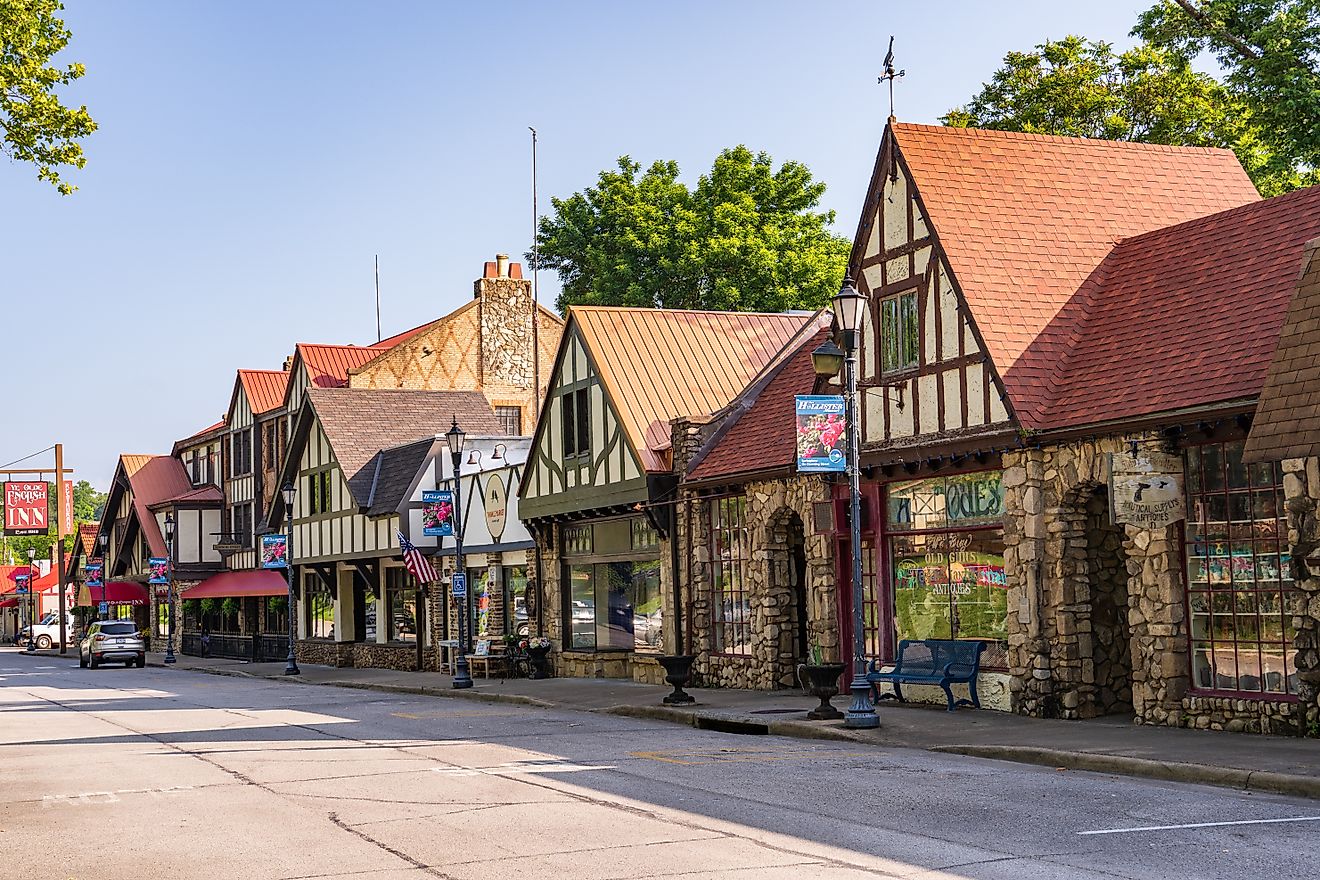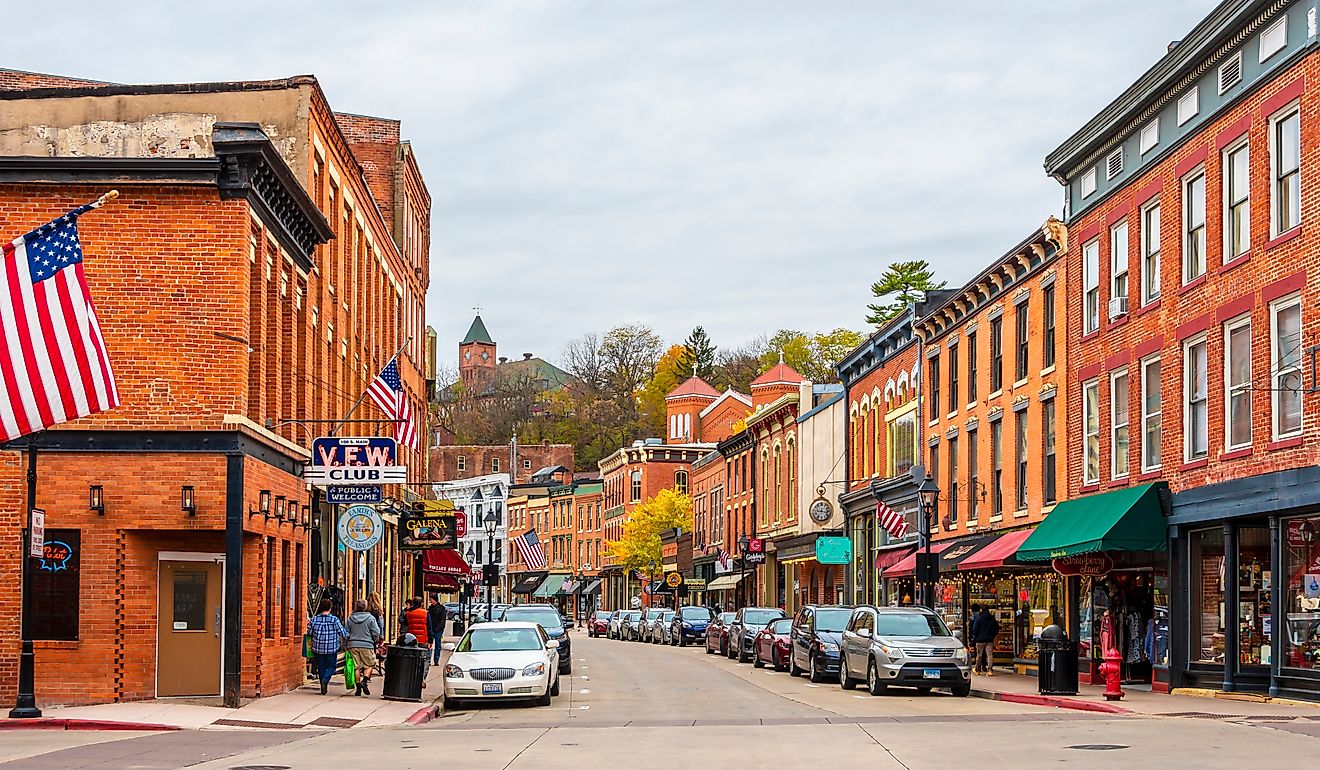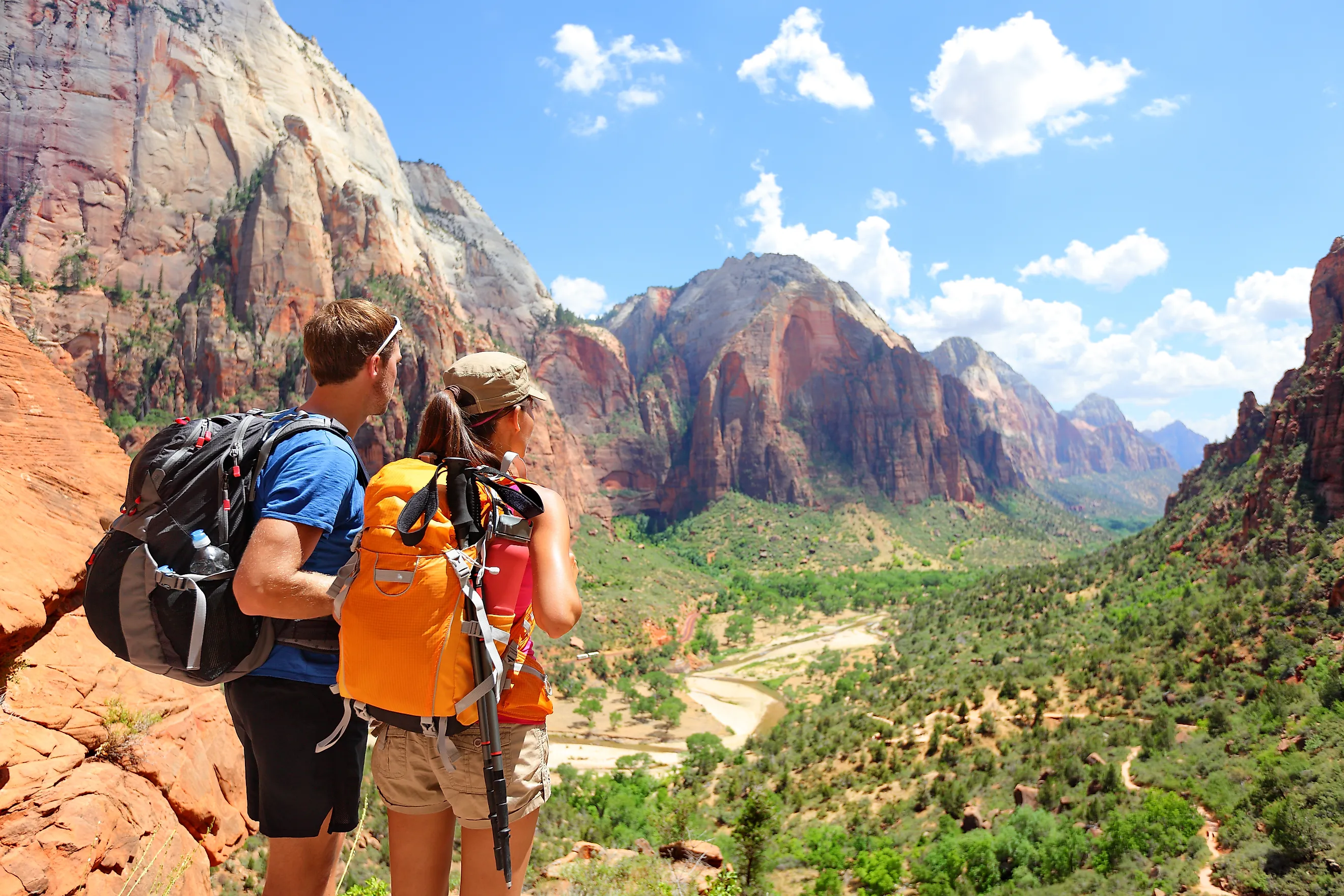
5 National & State Parks In Utah You Have To Visit
One of America's most scenic states, Utah has long been a draw for nature lovers and outdoor adventurers. From the Colorado Plateau's spectacular red rock formations to the Wasatch Range's alpine meadows, this western state’s national and state parks are begging to be explored. The Beehive State's unique scenery is the result of 300 million years of geological activity, with ancient seas, volcanic eruptions, and constant erosion leaving their mark. Whether you seek solitude in Utah’s backcountry wilderness or family adventures on easy trails, these five must-visit parks represent the best of the state’s incredible natural heritage.
Zion National Park

Located in southwestern Utah, Zion National Park encompasses 229 square miles of stunning high plateaus, narrow sandstone canyons, and the Virgin River valley. The state’s first national park, Zion Canyon, its star attraction, is 15 miles long and reaches depths of 2,640 feet. Flanked by cream, pink, and red Navajo Sandstone cliffs that soar above the valley floor, it’s undoubtedly one of the most impressive sights in Utah.
The Virgin River carved this dramatic landscape for over two million years, cutting through layer after layer of rock laid down between 110 and 270 million years ago. Notable formations include Angels Landing, a 1,488-foot rock fin accessed by a trail featuring chains bolted into the rock for the final half-mile ascent. The Narrows, where the Virgin River has carved a slot canyon with walls 1,000 feet tall, is best enjoyed as part of one of the park’s first-rate guided tours.
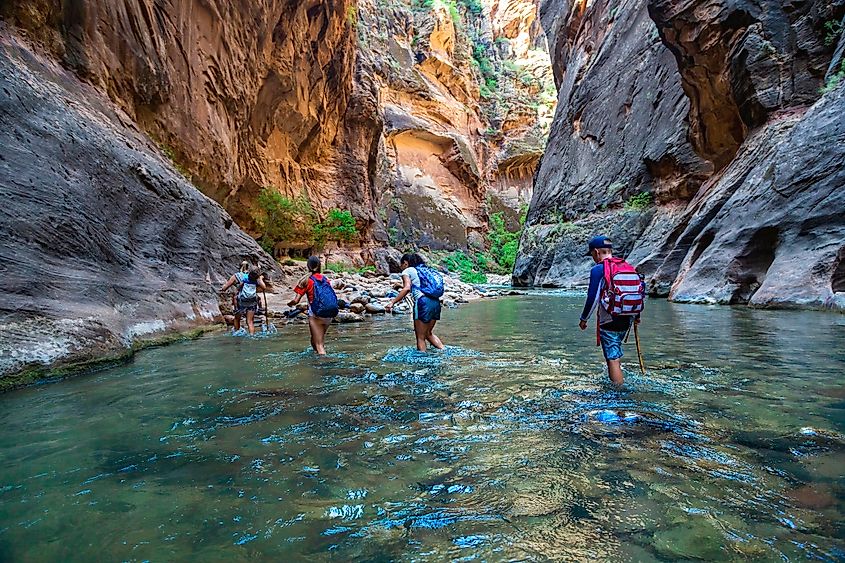
Wildlife thrives throughout Zion, so bring binoculars. Here you’ll likely spot mammals such as mountain lions, mule deer, bighorn sheep and rock squirrels, as well as birds ranging from tiny hummingbirds to California condors with their nine-foot wingspans. The park's fabulous hanging gardens, where water seeps through sandstone to create unique vertical oases, support unique plant communities including maidenhair ferns and scarlet monkey flowers.
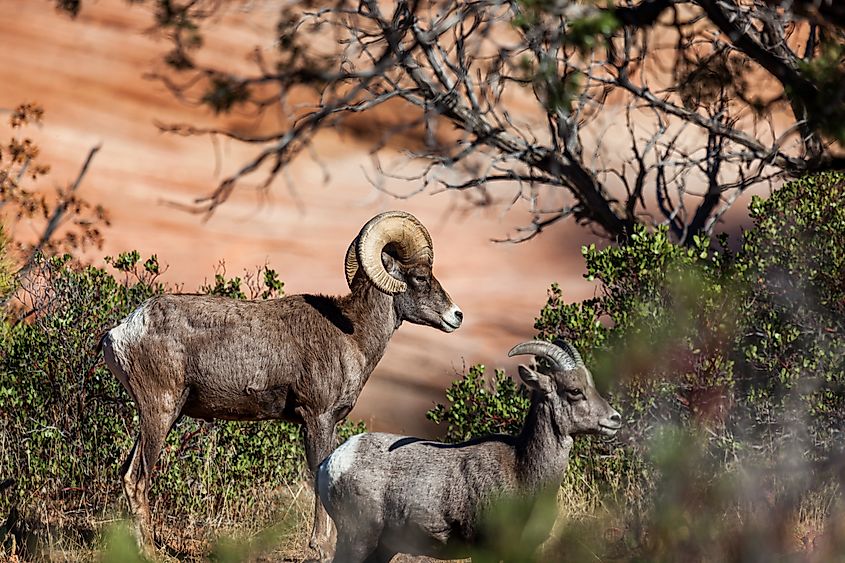
When To Visit: Spring through fall offers the best weather as summer temperatures can exceed 100°F in the canyon. Winter brings occasional snow to higher elevations, creating dramatic contrasts against red rock formations.
Arches National Park
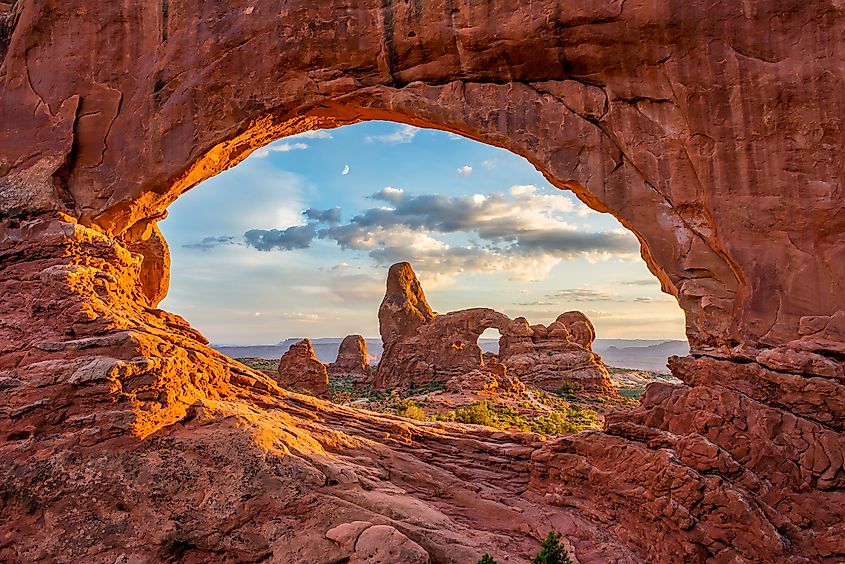
Arches National Park preserves over 2,000 magnificent natural stone arches, the highest density of such formations anywhere on Earth. Located just outside Moab in eastern Utah, the park's nearly 120 square miles demonstrate the effects of erosion on Entrada and Navajo sandstone deposits. Delicate Arch, the park's most famous formation, stands 65 feet tall and is the largest free-standing arch here. Park Avenue, a canyon lined with towering fins resembling the skyscrapers of New York City, is another must-see.
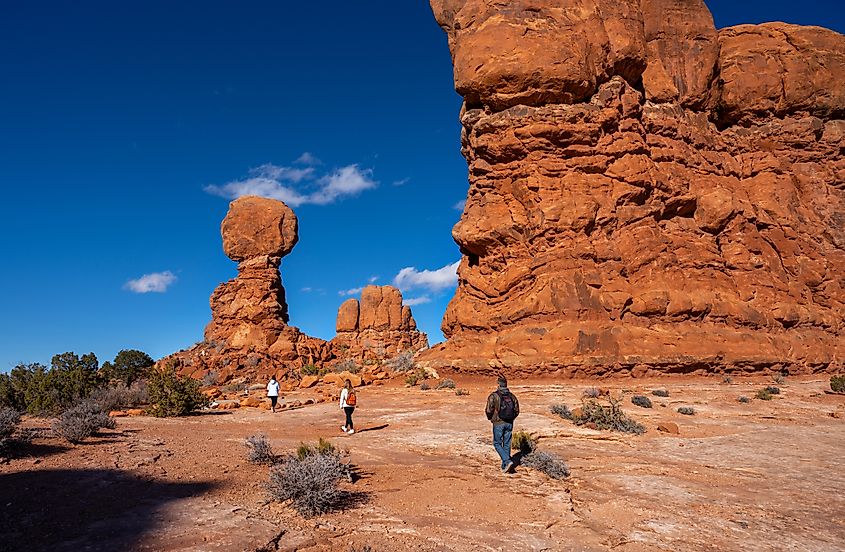
There’s also a rich diversity of wildlife, including native species that have evolved to survive the park’s extreme conditions. Desert bighorn sheep can be spotted seemingly defying gravity as they graze on steep terrain, while kit foxes hunt kangaroo rats under the cover of darkness. Over 195 bird species have also been documented, including golden eagles and peregrine falcons.
When To Visit: April through May and September through October are great times to visit as temperatures range from 60-80°F. Summer afternoon temperatures often exceed 100°F, while winter can bring snow and ice that make trails hazardous.
Bryce Canyon National Park
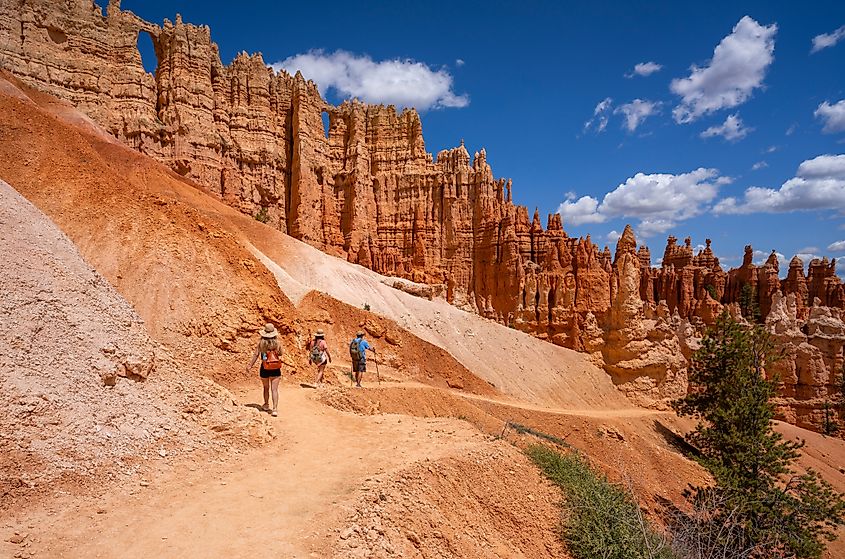
Despite its name, Bryce Canyon National Park is actually a series of natural amphitheaters carved into the eastern edge of the Paunsaugunt Plateau. Covering an area of 35,835 acres, Bryce Canyon's high-altitude environment is certainly unique among Utah parks. The star attraction, Bryce Amphitheater, is the world’s largest collection of hoodoos, irregular columns of rock created by frost weathering and stream erosion. Stretching for 12 miles, the amphitheater is three miles wide and 800 feet deep and is where you’ll find Thor's Hammer, one of the biggest and most photographed of these remarkable geographic features.
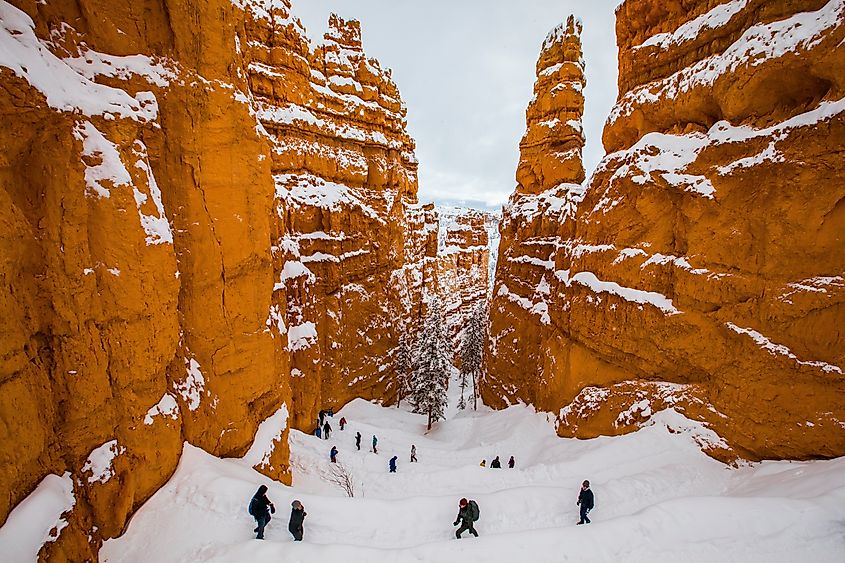
The park's high elevation supports forests of ponderosa pine, white fir, and aspen, along with over 400 plant species. Wildlife includes Utah prairie dogs (a threatened species) along with mountain lions, black bears, and mule deer. Birds are also plentiful and include California condors and peregrine falcons.
When To Visit: The park's elevation creates a much cooler climate than other Utah parks, with summer highs of 80°F and winter lows dipping to below 0°F. May through September offers the most accessible conditions, with winter snow turning these amazing hoodoos in a stunning backdrop.
Dead Horse Point State Park
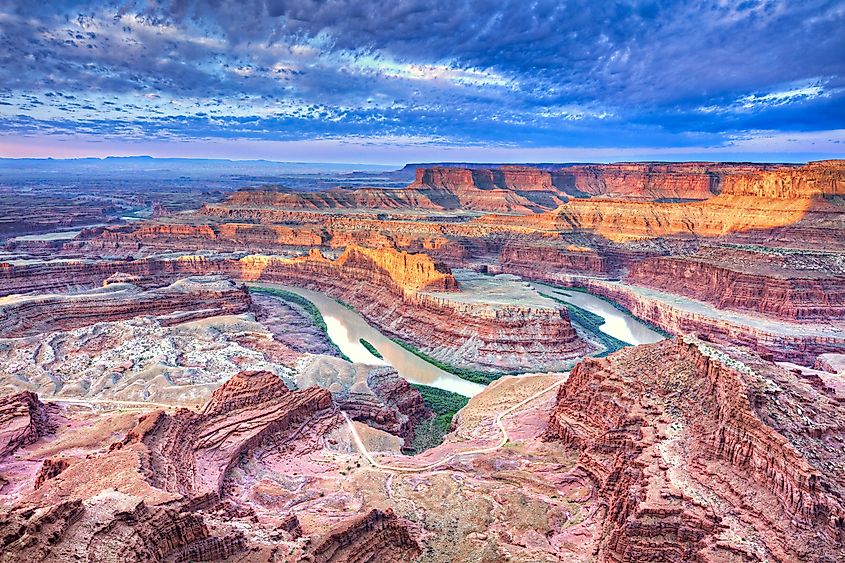
Dead Horse Point State Park is popular for its spectacular views of the Colorado River as it passes near Moab. The park's namesake point, where this mighty river carved a gooseneck bend through layered canyon walls, is one of the most photographed and recognizable river views in the American Southwest. Sitting atop the Colorado Plateau where 300 million years of geological history lie exposed in canyon walls, these stunning views reveal layers of rock layers dating from the Permian through Jurassic periods.
The prominent Wingate Sandstone cliffs with their sheer 400-foot walls offer some of the most dramatic scenery, while the White Rim, a prominent bench of harder Cedar Mesa Sandstone, creates a natural terrace 1,200 feet below the rim. Erosion has carved numerous side canyons, including Shafer Canyon and Long Canyon, creating a landscape of mesas, buttes, and pinnacles extending to the La Sal Mountains 60 miles distant.
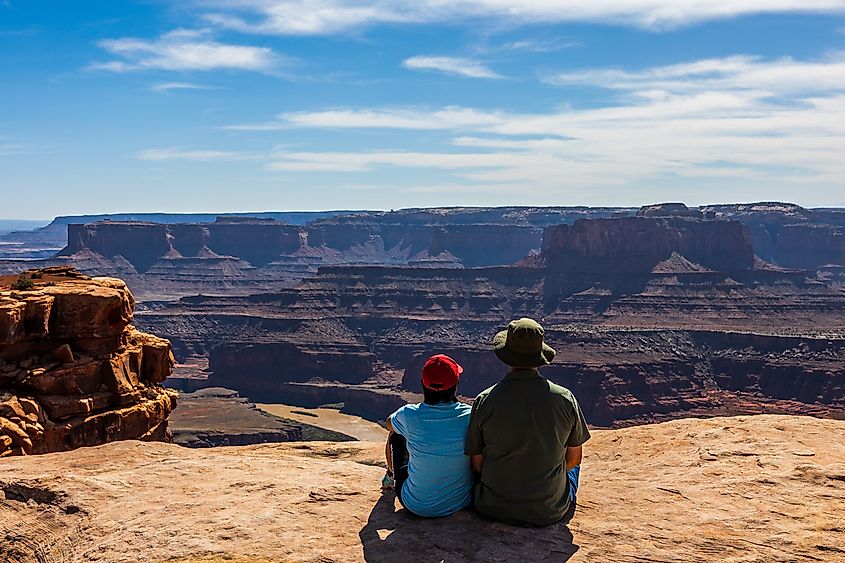
The park's desert environment supports juniper and pinyon pine forests on the mesa top, while desert shrubs like blackbrush and Mormon tea dominate lower elevations. Desert bighorn sheep, reintroduced in 1973, now navigate the cliff faces while ravens, red-tailed hawks, and golden eagles patrol the thermals above the canyons.
When To Visit: Spring and fall provide ideal weather with temperatures between 60-80°F, with summer seeing highs above 100°F. Winter brings occasional snow but offers solitude and clear, crisp air.
Capitol Reef National Park
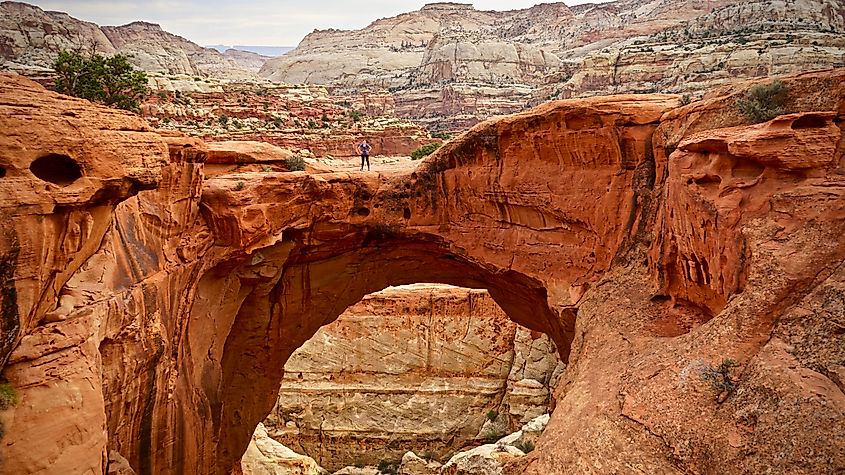
Protecting 378 square miles on the Waterpocket Fold, a 100-mile-long wrinkle in Earth's crust known as a monocline, Capitol Reef National Park is a marvel of nature. Formed 50-70 million years ago when tectonic forces lifted and tilted ancient rock layers creating a barrier to travel that early settlers called a "reef," the park's name combines this geological barrier with the white Navajo Sandstone domes that reminded pioneers of America’s distinctive capitol buildings.
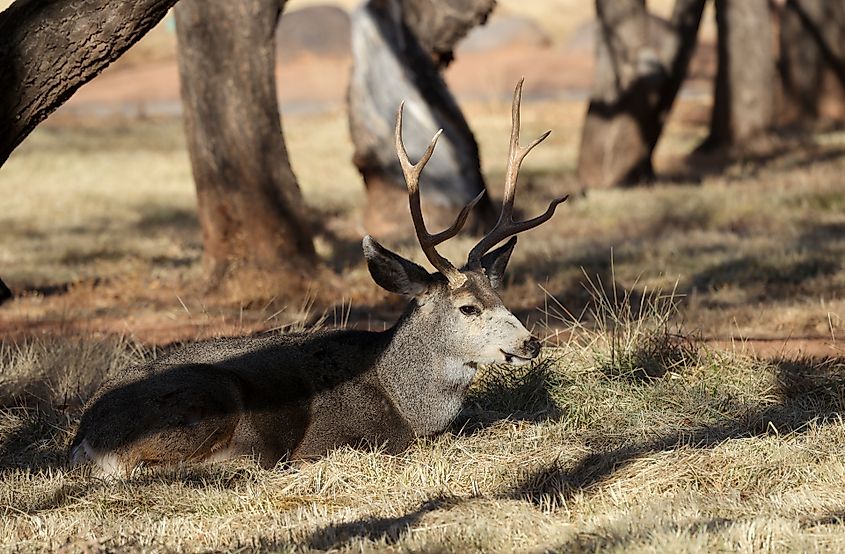
The Fremont River has carved a canyon through the fold, creating the park's scenic drive corridor where historic orchards planted by Mormon settlers in the 1880s still produce apples, peaches, pears, and apricots (fun fruit picking experiences are available). The park's diverse habitats support over 230 bird species as well, including zone-tailed hawks and vermilion flycatchers, unique to Utah, as well as desert bighorn sheep and mountain lions.
When To Visit: March through October offers up the best weather, with wildflower blooms peaking in May following usually wet winters.
The Final Word
Widely considered some of the best public spaces in the United States, Utah’s national and state parks offer no end of fun… and fantastic scenery. These five parks in particular each provide distinct experiences, from Zion's towering cliffs to Bryce's delicate hoodoos, and from Arches' gravity-defying spans to Capitol Reef's ancient folds. Whether seeking adventure on challenging trails or stunning views from scenic overlooks, you’ll discover that Utah's protected lands are worth taking the time to appreciate.

